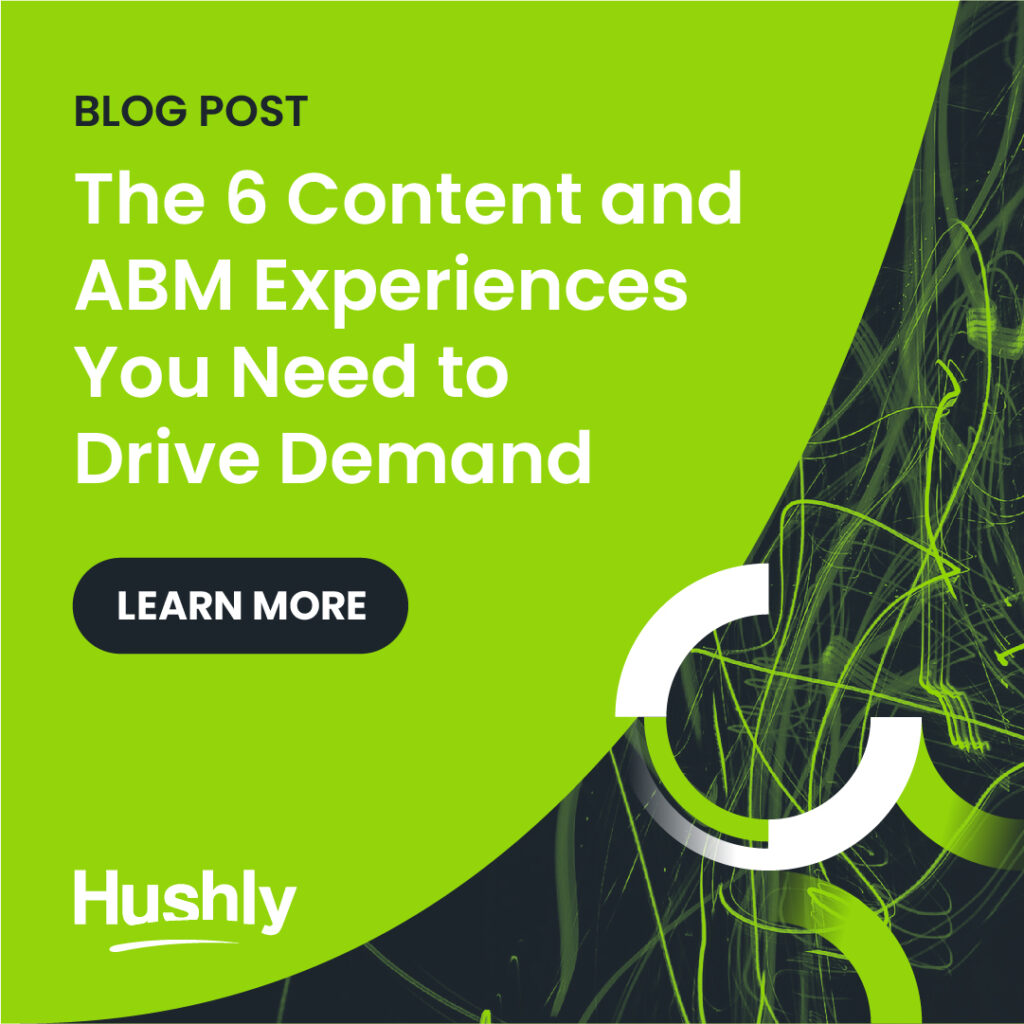The 6 Content and ABM Experiences You Need to Drive Demand and Efficient Growth

We all know a good experience can make all the difference. An impressive customer service experience, a negative experience browsing a website — a good or bad experience can ultimately make or break someone’s purchasing decision. And as marketers, we’re in the business of experiences — it’s our job to make people feel heard, help […]
How to Choose the Right Account-Based Marketing Software for ROI

Account-based marketing has become all but mandatory over the last few years – and it’s all thanks to accessible technology. Unsurprisingly, 68% of marketers say their account-based marketing strategy relies on automation. AI-driven tools and software – along with high-quality content – form the backbone of ABM. With the right account-based marketing software stack, you […]
What’s Wrong with Your ABM Content Marketing?

Content is an essential component of every successful account-based marketing strategy. You need ABM content marketing to: Familiarize key accounts with your company, product/services, and culture. Demonstrate your industry authority and expertise. Empower leads to solve problems, research, and address pain points. Help customers use your product/services and solve problems as they arise. Since content […]
4 Ways a Digital Experience Platform Creates Seamless ABM Strategies

The average consumer engages with six touchpoints across the journey. Does that sound like a lot? For B2B, the figure is no doubt at least double that. Research shows buyers consume an average of 13 pieces of content from a single vendor before making their decision. While those 13 include both first- and third-party content, […]
How to Build an ABM Strategy: 7 Key Components You Need

If your B2B organization is shifting its marketing efforts in response to the pandemic, you’re not alone. About half of B2Bs have scaled back their marketing budgets as of the end of April. 72% say more of their reduction is due to canceling in-person events and shifting operations online. Luckily, B2B marketers face a little […]
